Engineering Explained: 7 Annoying Features Of Modern Cars
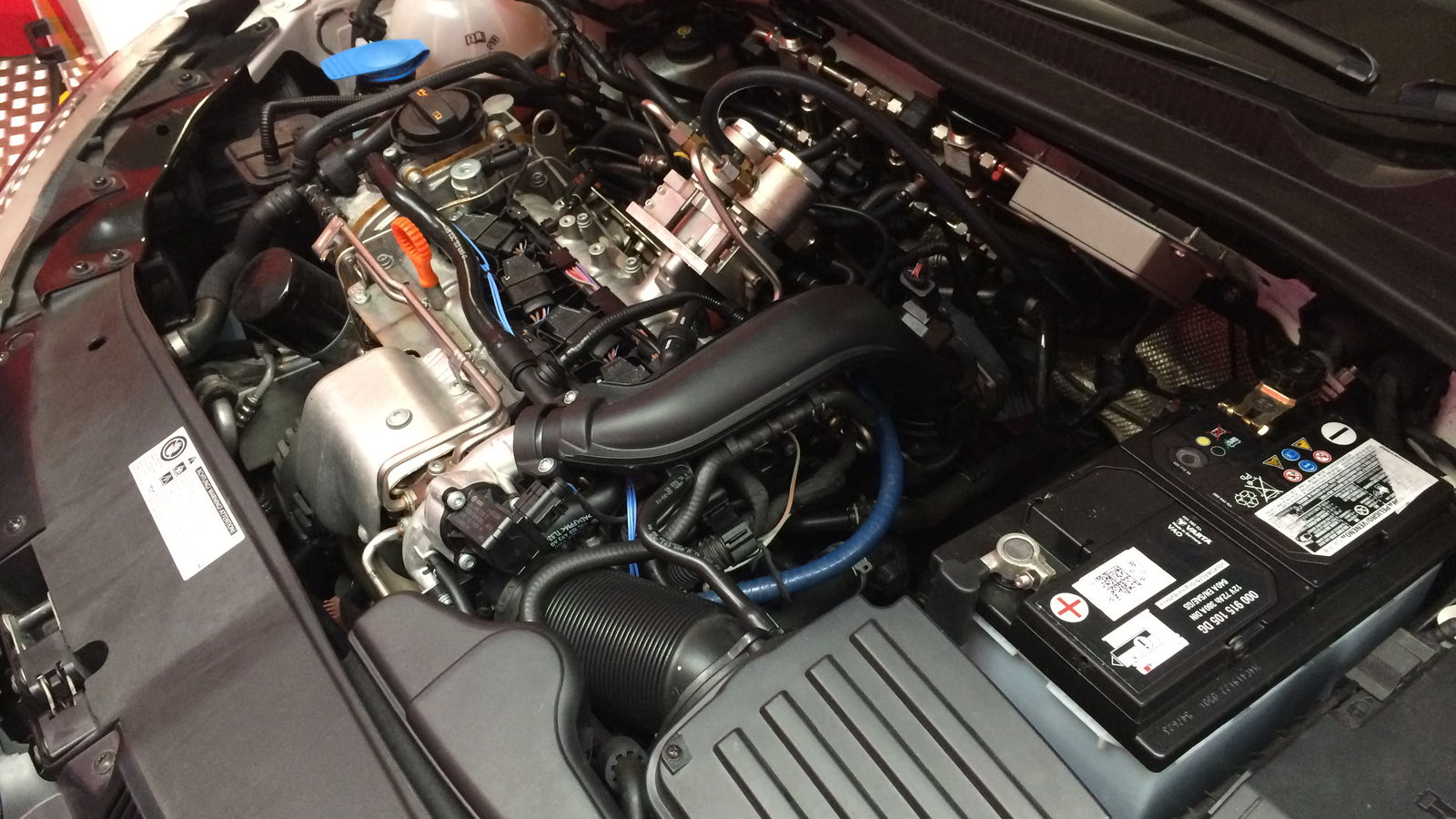
1. Artificial Engine Noise
Perhaps for the same reason I don’t like hubcaps, fake hood scoops or plastic engine covers: if it isn’t functional get rid of it. If a car sounds overly quiet because it’s incredibly efficient, even if it is powerful, fine, so be it. Sure, I’d prefer to hear the sound of the engine, but I don’t want an auto-tune remix of what I should be hearing. If it’s a mechanical valve in the exhaust that ports out more air, then fine. But if my speakers or a separate device are used to pipe in engine audio, no thank you. I’ll just listen to Spotify instead.
In the video below, I test the 2014 Audi S4 before and after removing fuse #5, which controls the sound actuator. You’ll be surprised by the difference. It’s also surprising just how many cars these days do something similar.
2. Navigation Systems.
Apple Car Play and Android Auto cannot be installed fast enough into every car that’s ever existed with an OE navigation system. I am yet to encounter a single navigation system which is even close to the capability of free apps downloaded onto my smartphone. What’s even more sad is how expensive navigation systems are to have installed as an option. Save your money and get a decent smartphone, or buy a standalone GPS from a brand that does it for a living. The lack of a proper search function on nearly every OE navigation system is bewildering. The ones that tell you which letters you have left to choose from…those are the worst.
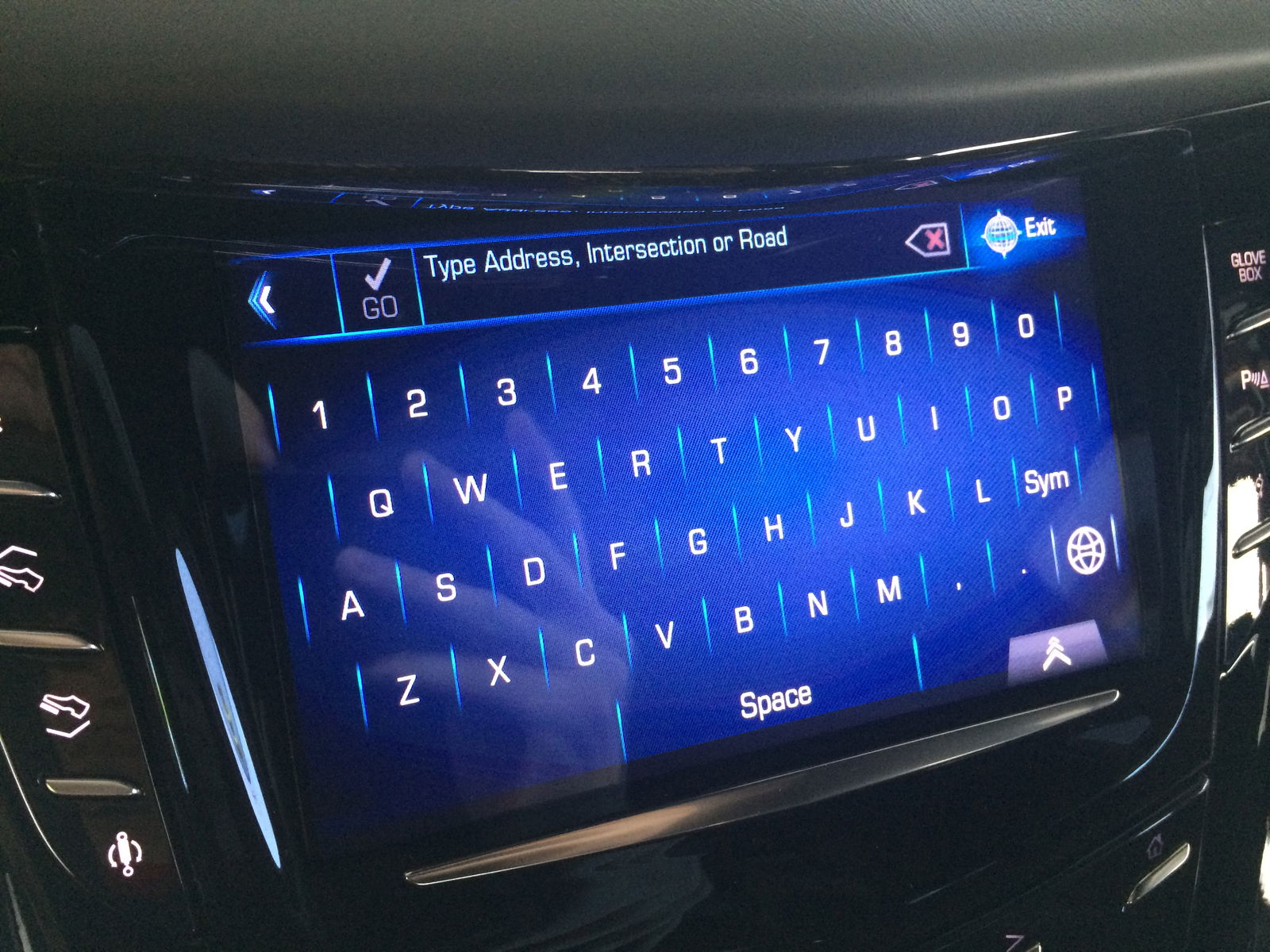
3. Touch Screens & Lack Of knobs.
Everything is moving to touch screens. And touch screens are not inherently bad, but so often they’re poorly executed in the modern world. They aren’t responsive, sometimes they don’t actually activate where you touch, and they create an unintuitive series of menus that block you from performing your desired task. There’s something magical about a volume knob. A physical knob that you rotate. You don’t have to take your eyes off the road, you just casually reach your hand over and rotate it right or left, adjusting the volume as needed. Same goes for tuning to radio stations or selecting the next song.
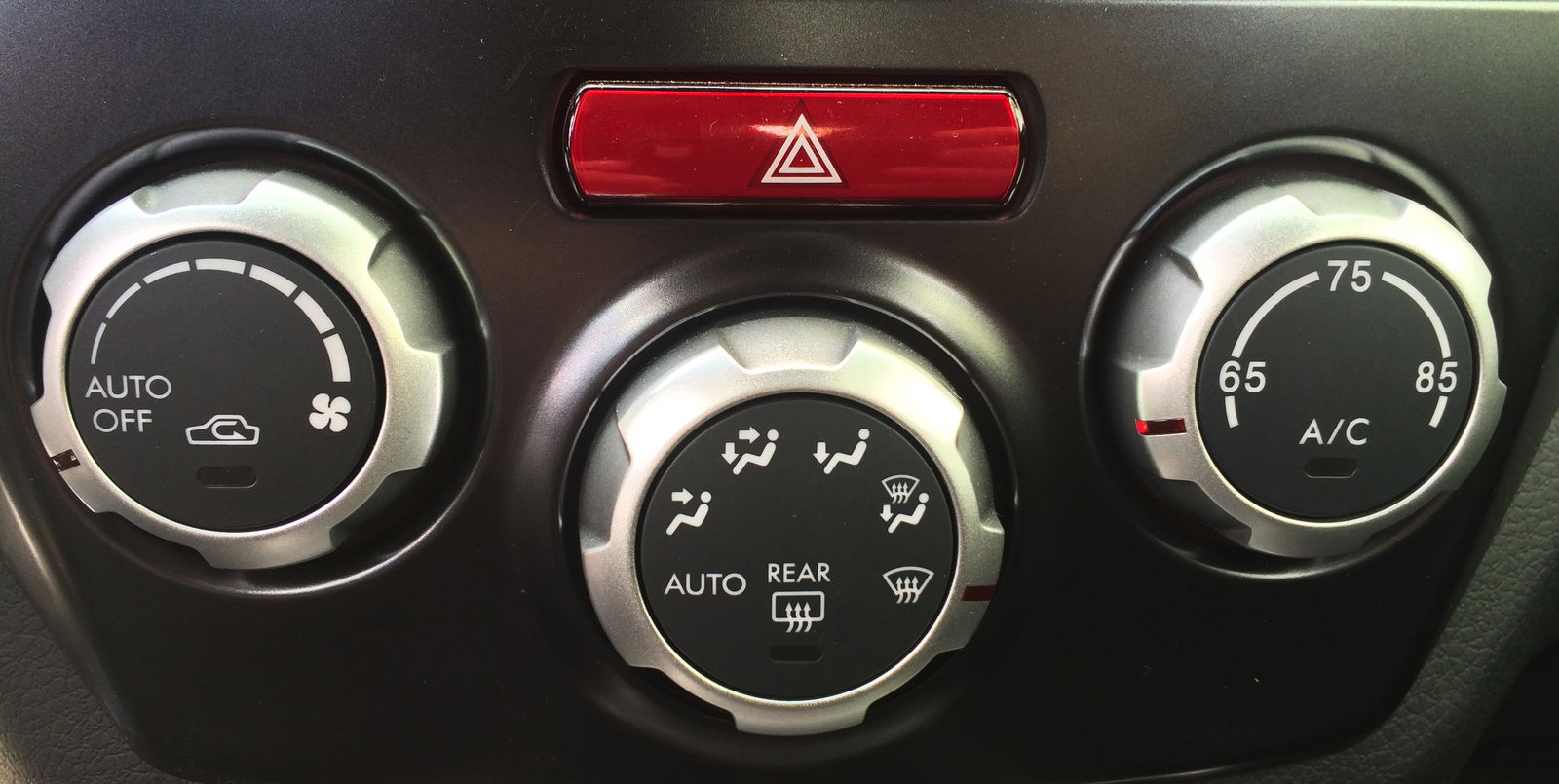
4. Overly Complicated Climate Control
Simplicity is a beautiful thing. When you’re sitting in a car and your front windshield starts to fog up, it shouldn’t take you but seconds to start the defrost. And when you want to change where the air is blowing, it shouldn’t take more than a quick glance to change the settings, if at all. So often there’s a single button which you have to press to select between each fan setting. I suppose it’s nice that it’s only one button, but it’s like having a TV remote that can only go up in channels. Having only one button does not make something simple. What’s wrong with the brilliant three knob method used in my Subaru STI? Space efficient, looks clean, incredibly easy to use.
5. Cramped Engine Bays
Vehicles these days come packed with features. Many of them are safety or emissions related, but regardless they all end up interfering with packaging and making the engine bay even more difficult to access. ABS, ESC, TC, EBD, BA, EGR; there’s a long list of acronyms of features packed into your car, all with sensors, wiring, fuses, and electronic hardware impeding on that desirable clean engine bay. Granted, many electronic features may not impede directly on engine bay space, but overall things are becoming increasingly complex and cramped.
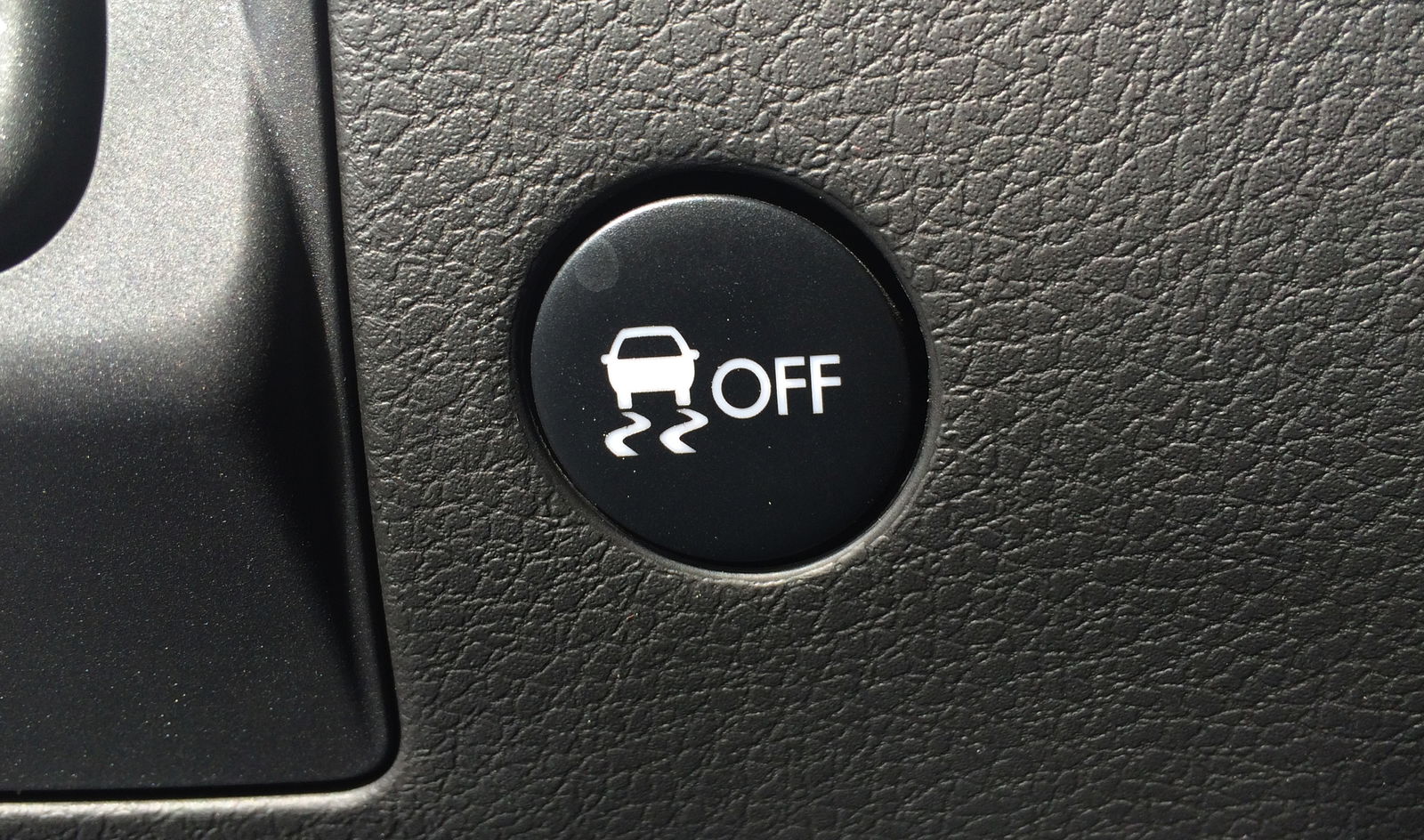
6. Disabling Traction Control/Stability Control
Sometimes, you just want to have fun. You can try to justify it and say you need the ability to disable traction control or stability control, but honestly you don’t. That doesn’t mean it shouldn’t be an available feature. Sometimes, in a safe location, you want a little wheel spin or over-rotation around a corner. Many vehicles do indeed come with the ability to disable at least traction control, but that said many of them still will reactivate it once it deems you’re doing something unsafe, essentially mitigating the reason the button exists in the first place.
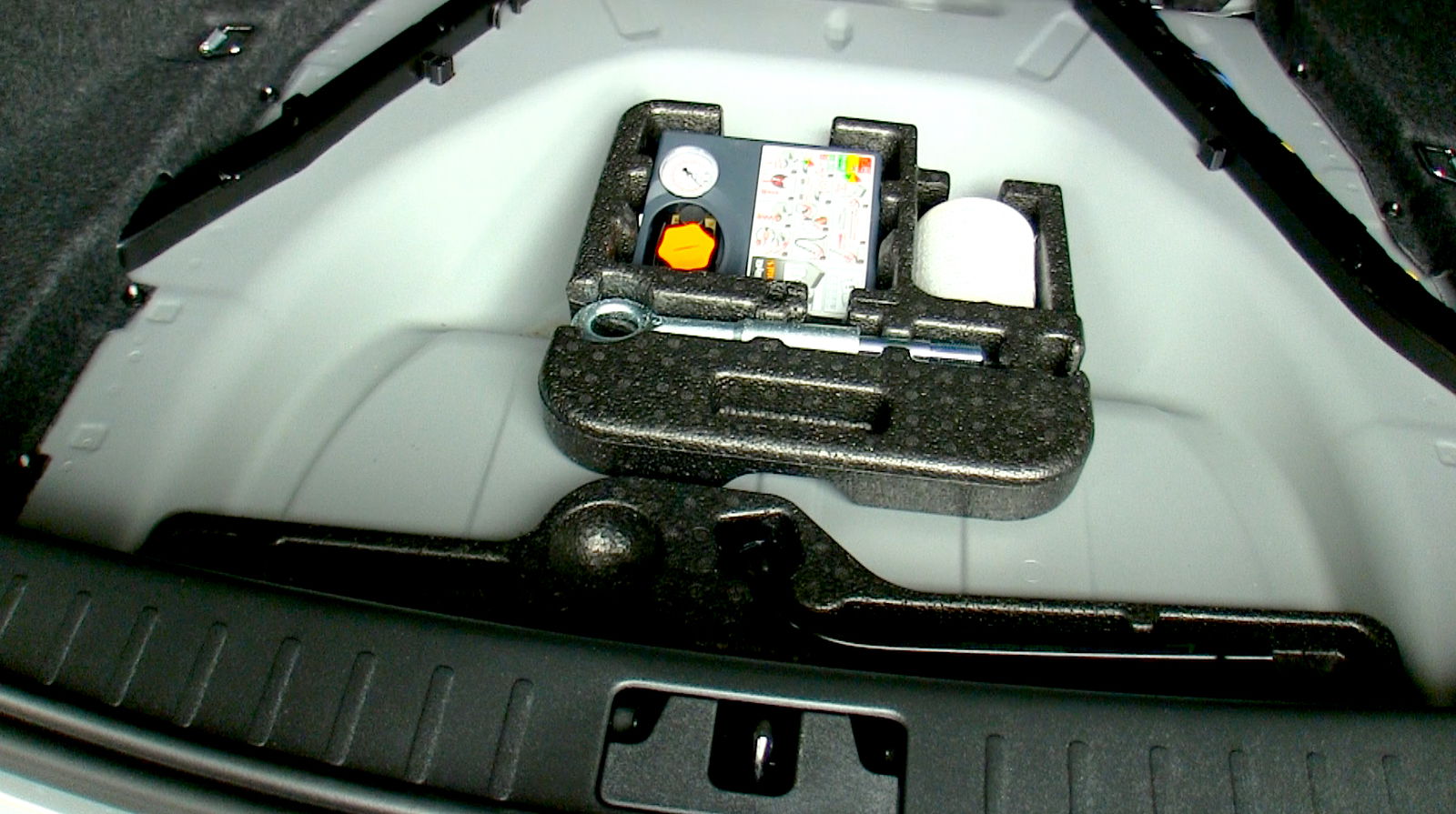
7. No Spare Tyre
When I get a flat tyre, I want to address it immediately. I don’t want to use a can of fix-a-flat or drive on run flats and simply hope for the best. I also prefer not to spend my day waiting for a tow service to come and bail me out. It’s becoming increasingly often that cars come standard without a spare tyre. I don’t need a full size spare, a donut will suffice, but I want something I can trust to get me where I’m going so I can deal with the real problem later.
Click here to view additional articles from Engineering Explained.
Comments